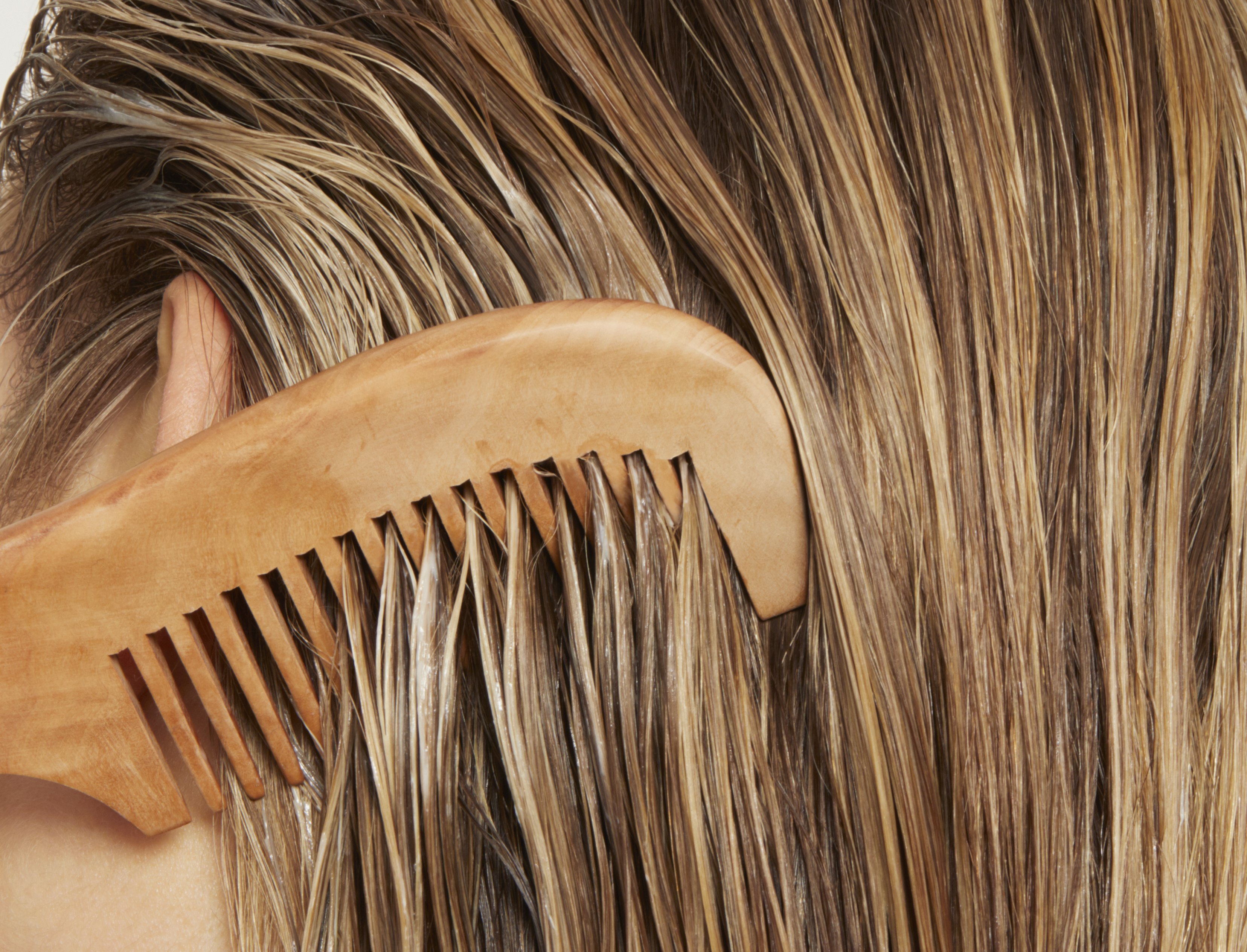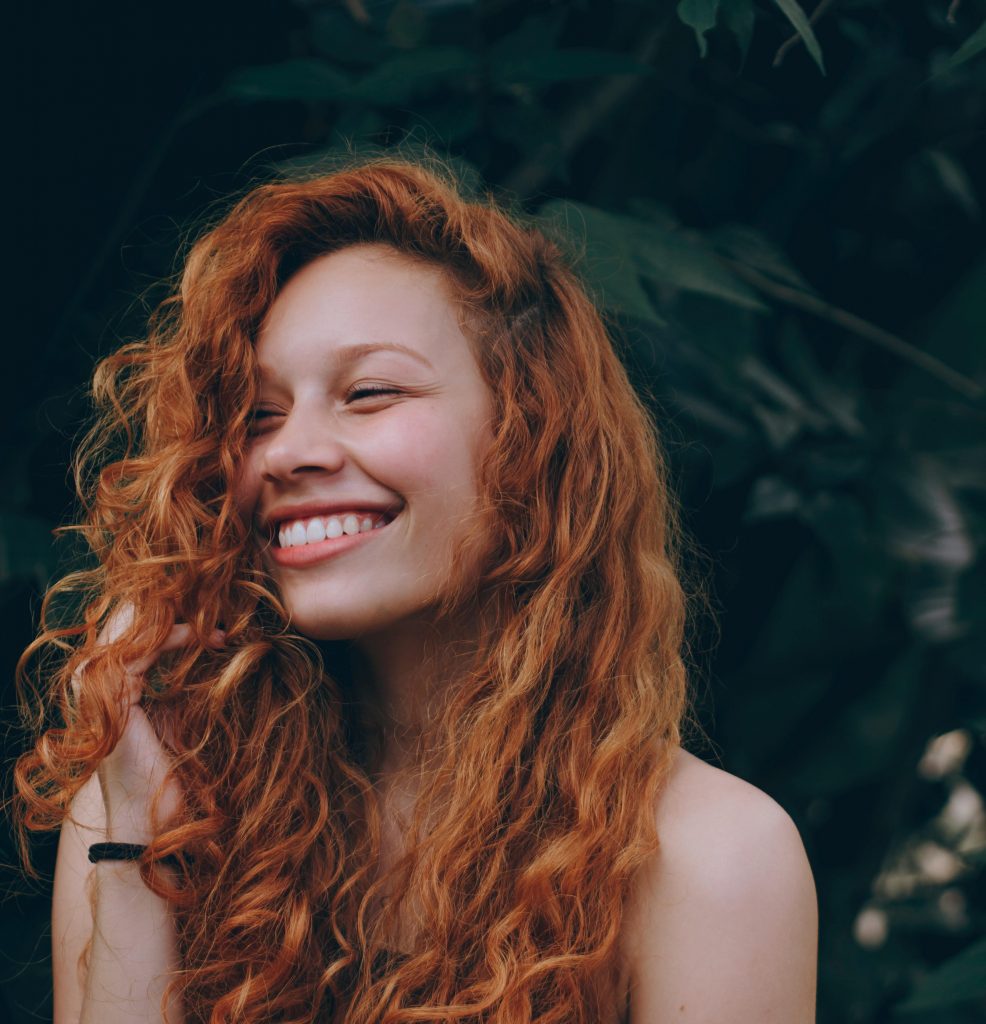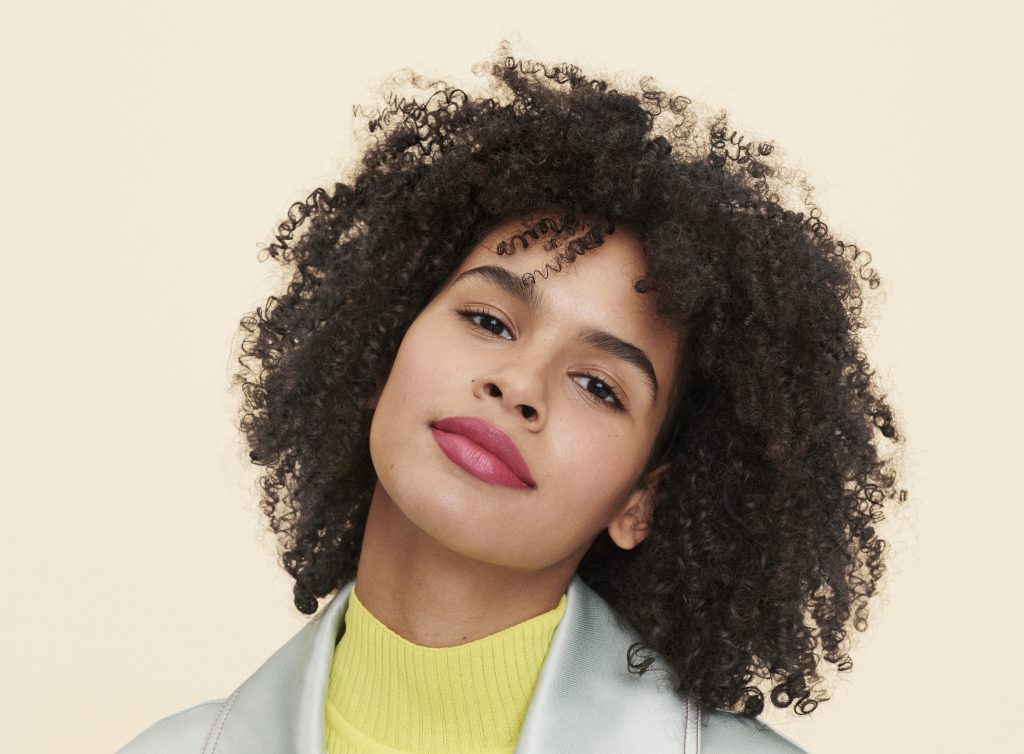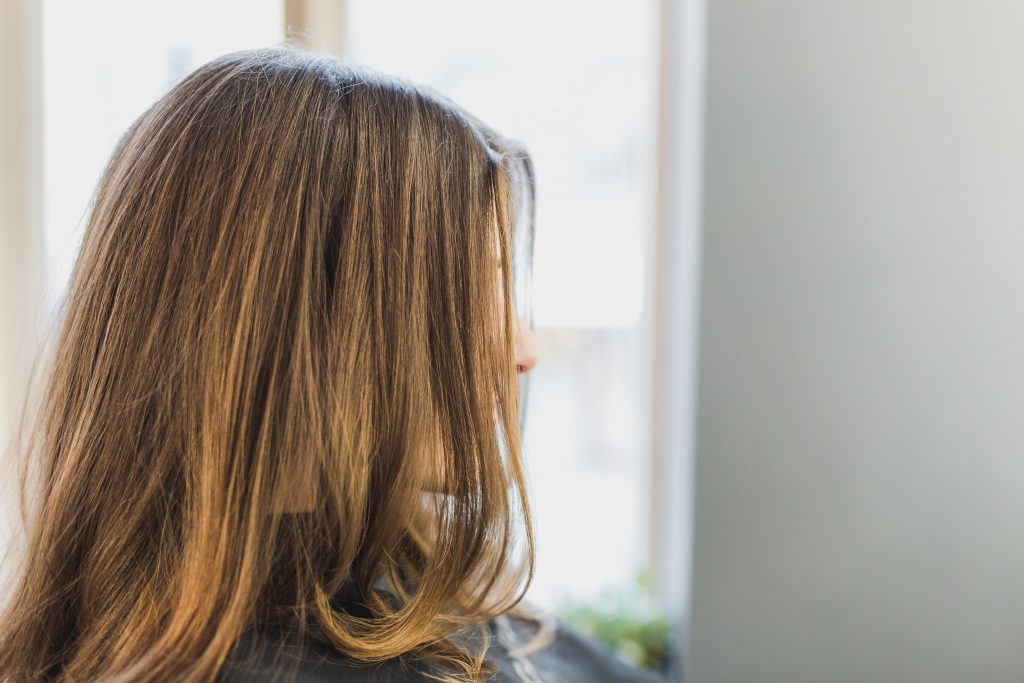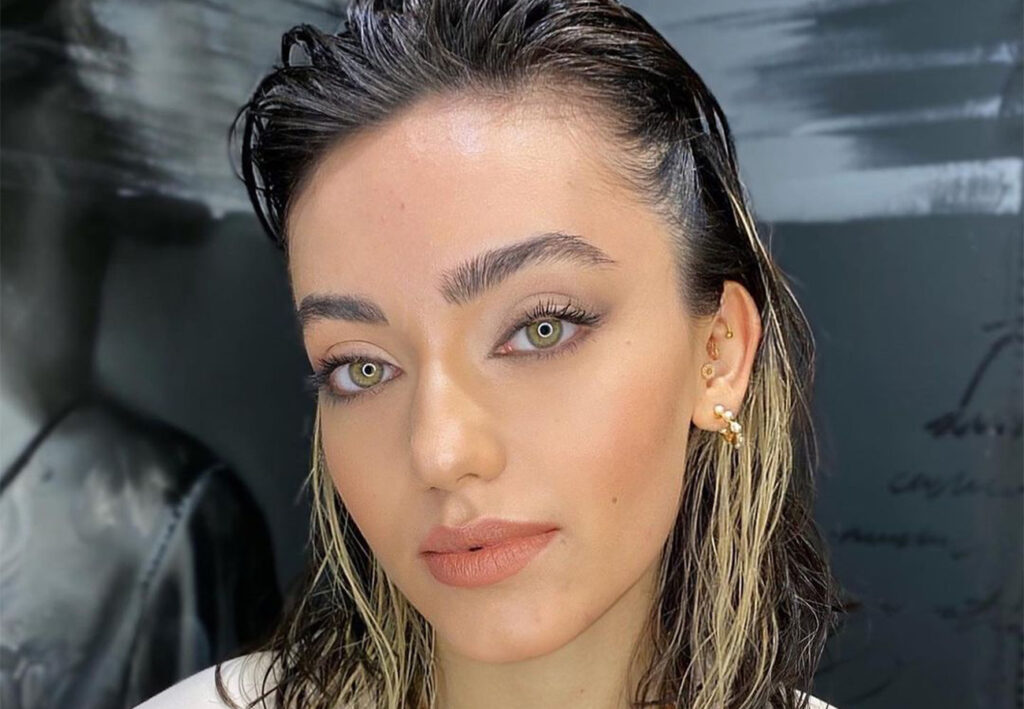There are two types of people in this world: those who shower in the morning and those who shower at night. Folks who fall into the latter category probably know a thing or two about sleeping with wet hair. But for those regular AM showerers, it’s daunting to think about how to manage wet hair before bed if you do have to occasionally shower at night.
Hitting the pillow with wet hair doesn’t have the best reputation within the haircare world, but sometimes spending 15 minutes blow drying your hair before bed just isn’t gonna happen. If you do find yourself in a damp-hair predicament, fear not—below are some tips on how to sleep with wet hair if you have to.
Wear your hair in a loose french braid
Looking to wake up with some extra body and waves? Try braiding your hair in a loose french braid before hopping into bed. Once you’re out of the shower, thoroughly dry your hair before adding a pump or two of curl cream to your hair, from mid-shaft to the ends. Then, loosely french braid your hair (you can either create two braids or just one) and secure the ends with a no-crease hair tie, like a small scrunchie.
Use a leave-in conditioner
The biggest complaint you’ll find about sleeping with wet hair is the frizz you inevitably wake up to. In order to avoid a frizz-filled morning the next day, spritz leave-in conditioner into damp hair and use a brush to comb the product through the hair. A leave-in conditioner helps to hydrate the hair while taming flyaways.
Invest in a satin pillowcase
If you’re someone who goes to bed with wet hair often, you might want to consider resting your tresses on satin. Unlike cotton, which can cause damage to your hair if you sleep with it wet, satin pillowcases will be more forgiving and allow your wet hair to move more freely and prevent creases while you sleep.
Don’t sleep with sopping wet hair
Whatever you do, do not fall asleep with sopping wet hair. If you don’t at least towel-dry your tresses before hitting the hay, you’ll end up with still-wet hair in the morning, along with a very wet pillowcase.
Don’t put it up in a bun every night
If you’re a frequent nighttime showerer, avoid putting your hair up in a bun or ponytail every night. Putting so much pressure on your wet strands is a recipe for disaster, and will cause excessive damage and a lot of broken baby hairs around the front of your face.
Change your pillowcases often
If you do have to go to bed with wet hair, it’s probably inevitable that your pillowcase will get a bit wet and damp overnight while you sleep. There is some research that has shown that some pillows (especially the ones made with synthetic materials) can harbor allergy- or asthma-triggering fungus and molds, which, as many of us know, tend to grow in damp environments. There is no evidence that suggests that people who sleep with wet hair experience more asthma or allergy symptoms, but it’s probably a good idea to wash your pillowcases in hot water at least once a week, just in case.

